H-Bridge 14 Click
R515.00 ex. VAT
H-Bridge 14 Click is a compact add-on board with an H-Bridge gate driver, also known as a full-bridge pre-driver. This board features the DRV8873, an automotive H-Bridge motor driver from Texas Instruments. The DRV8873 is an N-channel H-Bridge motor driver that can drive one bidirectional brushed DC motor, two unidirectional brushed DC motors, solenoids, or other resistive inductive loads. The motor driver operates from a single power supply and supports a wide input supply range from 4.5V to 38V. This Click board™ makes the perfect solution for the development of electronic throttle control, exhaust gas recirculation, side-view mirror tilt, e-shifter, air-flow diverter valve control, and more.
H-Bridge 14 Click is fully compatible with the mikroBUS™ socket and can be used on any host system supporting the mikroBUS™ standard. It comes with the mikroSDK open-source libraries, offering unparalleled flexibility for evaluation and customization. What sets this Click board™ apart is the groundbreaking ClickID feature, enabling your host system to seamlessly and automatically detect and identify this add-on board.
Stock: Lead-time applicable.
| 5+ | R489.25 |
| 10+ | R463.50 |
| 15+ | R437.75 |
| 20+ | R421.27 |


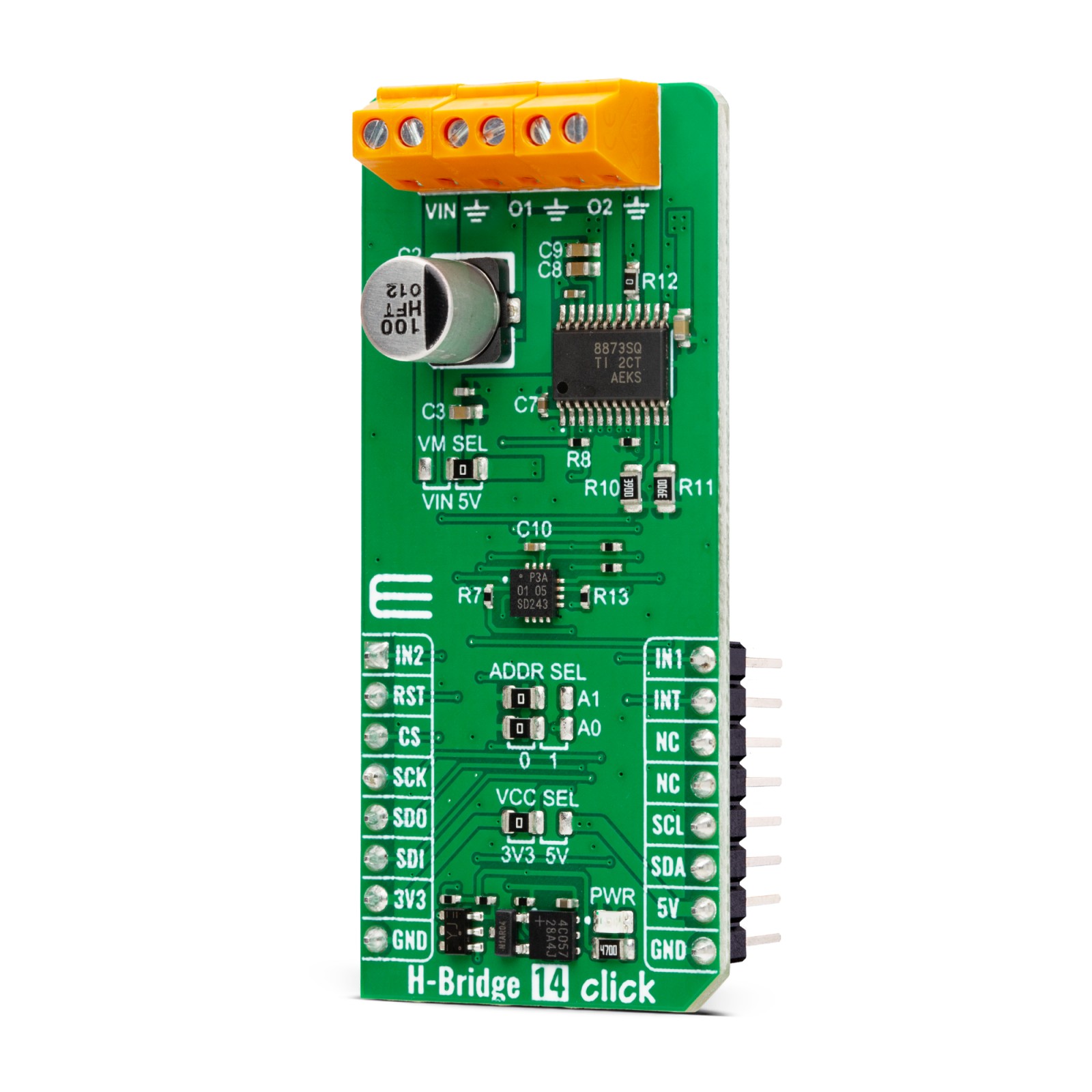
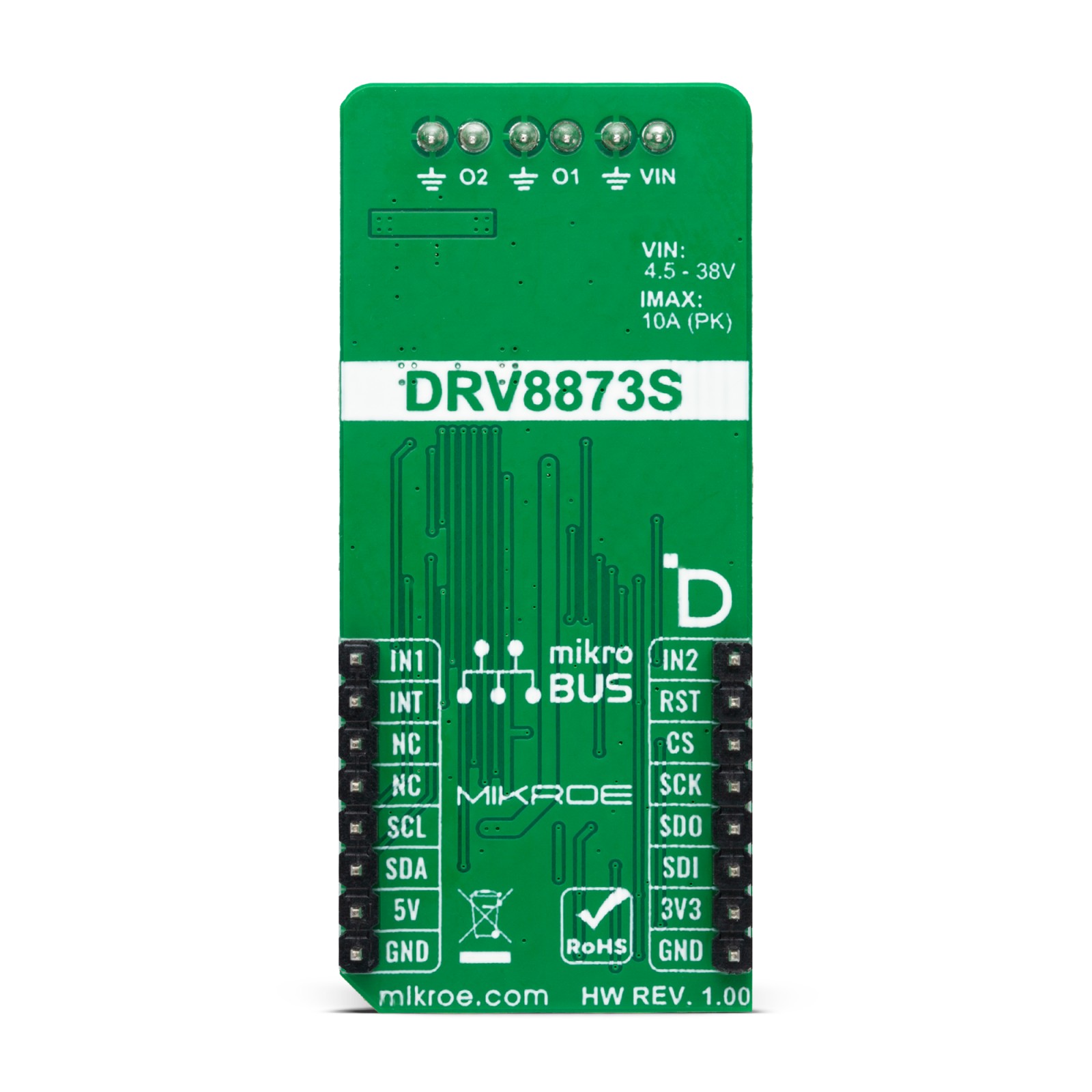

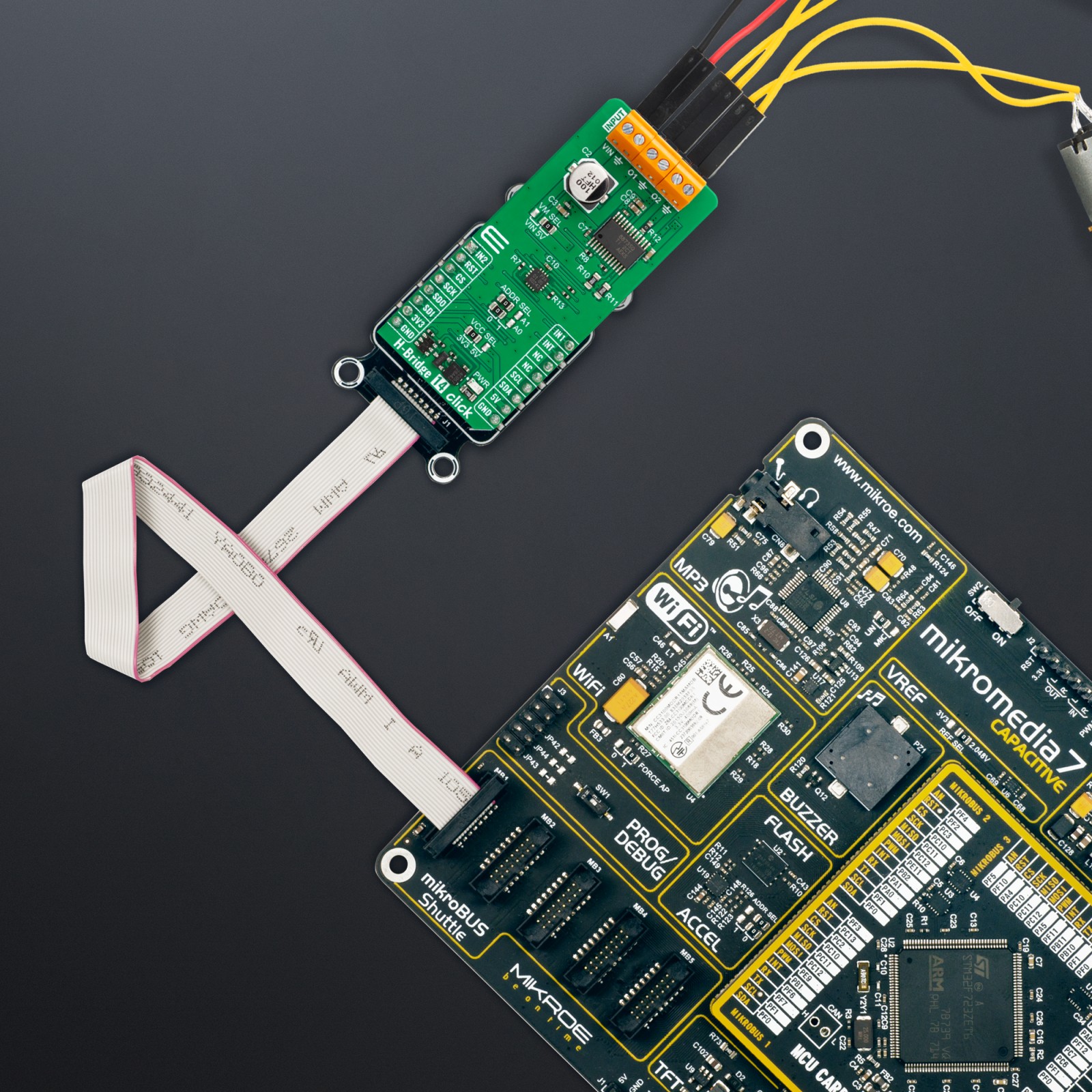


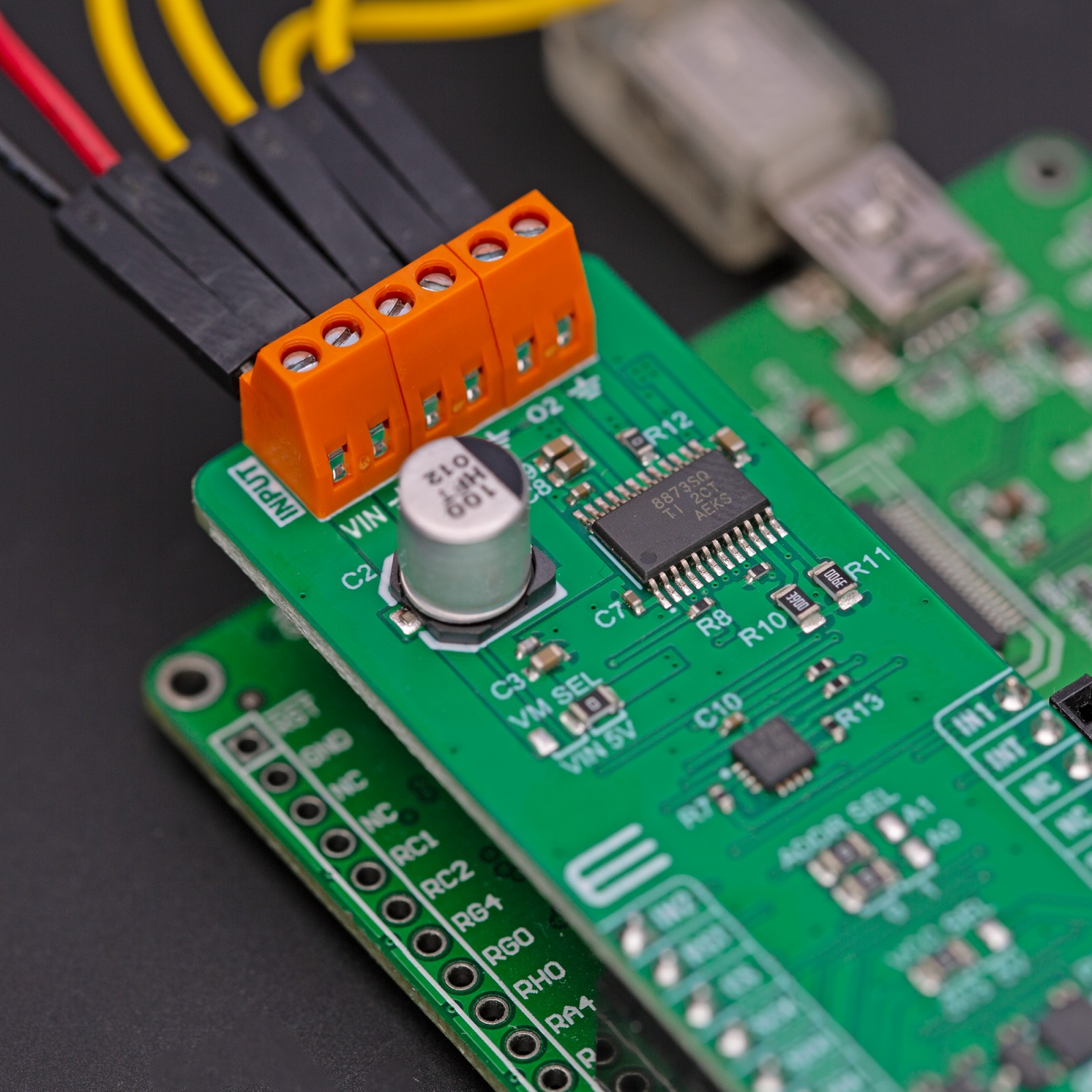

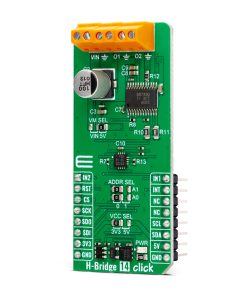



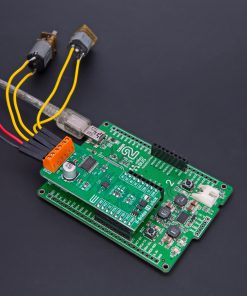

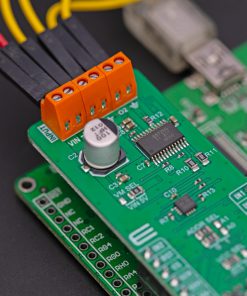
.jpg)








